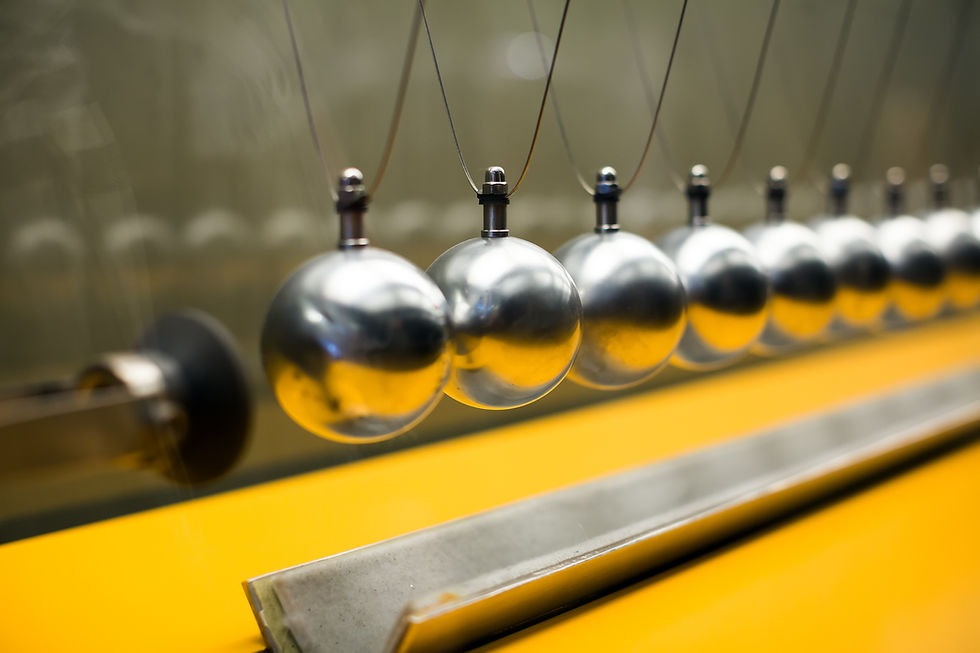Gene Defect Among Rabbits
- Madelle Dela Costa
- Apr 4, 2021
- 2 min read

Rabbits are known for their plyometric hops, also defined as the quadrupedal saltatorial locomotion, which permits them a coordinated bilateral movement on their hindlimbs and an alternate rhythmical movement on their forelimbs. Notwithstanding, a gene defect might turn these rabbits to do handstands instead of the archetypal hops. A strain of domestic rabbits, the sauteur d’Alfort, exhibits an unusual locomotion behavior characterized by the deficiency of the typical hopping, which defines their wild-type counterparts. Hence, to further examine the matter, Afonso et al. (2021) bred sauteur d’Alfort male rabbits that cannot hop with New Zealand female rabbits that can.
Through the amalgamation of whole genome sequencing and experimental crosses, they discovered that a solitary locus for the transcription factor of the RAR- related orphan receptor B gene (RORB), which is normally expressed among numerous locales of the nervous system, especially the spinal cord dorsal horn, determines the atypical gait among the forenamed rabbit strain.
Accordingly, the mutations on the RORB gene were elucidated as the reason behind the rabbits’ uncommon handstands. These defects generate faulty genetic instructions that the cells utilize to create proteins, the analysts explicate. Consequently, it appears that there is less RORB protein in the specialized nerve cells among rabbits that have mutations compared with those that do not.
These spinal cord nerve cells, called interneurons, bolster the coordination between the left and right sides of the body and invigorates normal gait, Afonso asserts. Hence, with the absence of the RORB protein in the interneurons, the rabbits might be incapacitated from coordinating their hindlimbs, thereby restricting their ability to hop. Although their movements might be slowed down, rabbits containing the defective gene may still walk normally, alternating their front and hind legs. However, unlike normal rabbits that can synchronize their hind legs to hop to move quicker, rabbits with the RORB mutations utilize their front paws to move faster, says research co-author Miguel Carneiro, a molecular geneticist at the Universidade do Porte in Vairao, Portugal.
In essence, understanding the science behind the aforementioned bizarre locomotion among rabbits could assist researchers in learning more about the contrivance of the spinal cord. As the co-author Leif Andersson, a molecular geneticist at the Uppsala University in Sweden, affirm, the examination regarding the subject area may “contribute to our basic knowledge about a very important function in humans and all animals – how we can move.” In this manner, uncovering the influence of the genetic defects on the body could be fundamental in apprehending the way animals translocate. As Afonso expresses, “If you look at the 100-meter sprint – Usain Bolt or someone like that – there’s super coordination between limbs. And if you lack the coordination between arms and legs, you could never compete for a gold medal.” Similarly, the gene- defected rabbits could not acquire a gold medal either. However, this phenomenon could assist scientists and researchers in scrutinizing more about it and develop approaches to mend the diseases and contortions instigated by the defects on the RORB gene.
Sources
Afonso, S., Aguiar, J., Andersson, L., Andrade, P., Boucher, S., Branco, J., Carneiro, M., Esteves, P., Ferrand, N., Kullander, K., Santos, N., & Viellard, J. ”A loss-of- function mutation in RORB disrupts saltatorial locomotion in rabbits.” 25 March 2021. https://doi.org/10.1371/journal.pgen.1009429



Comments